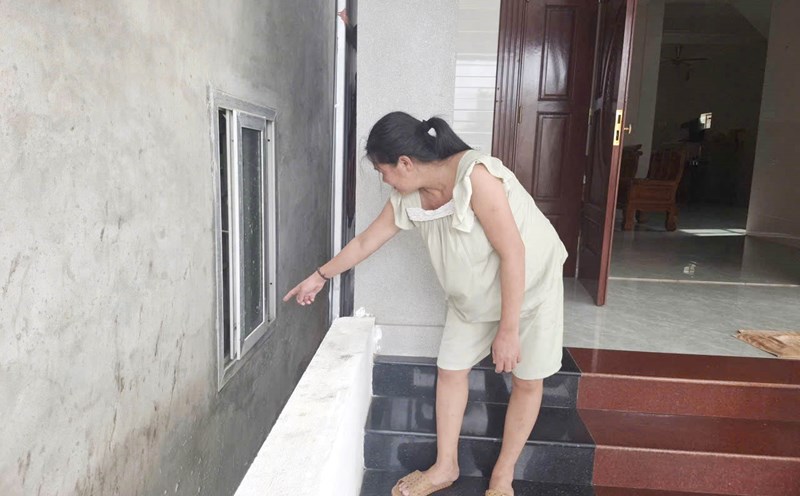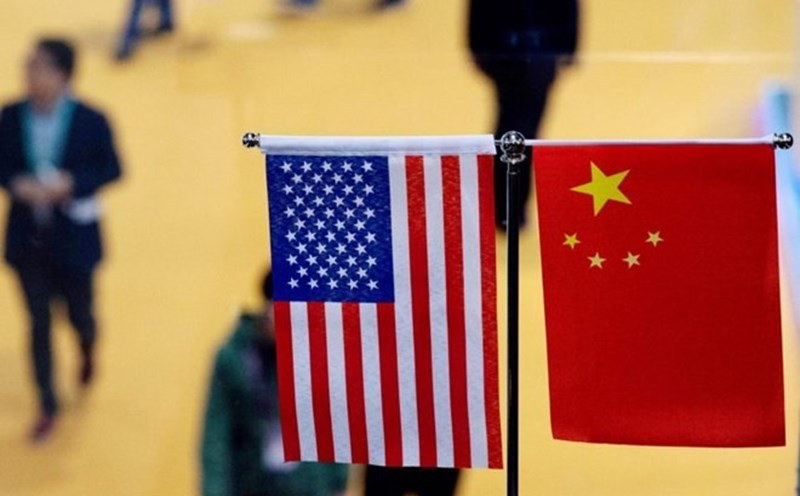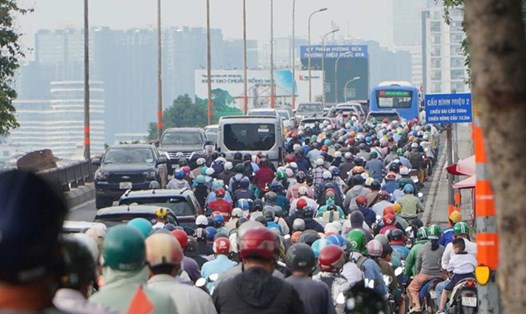Recently, the project to lift the clearance of Binh Phuoc 1 bridge (National Highway 1, across the Saigon River) was officially launched. This is an important project to ensure a minimum clearance of 7 m for ships traveling on the Saigon River.
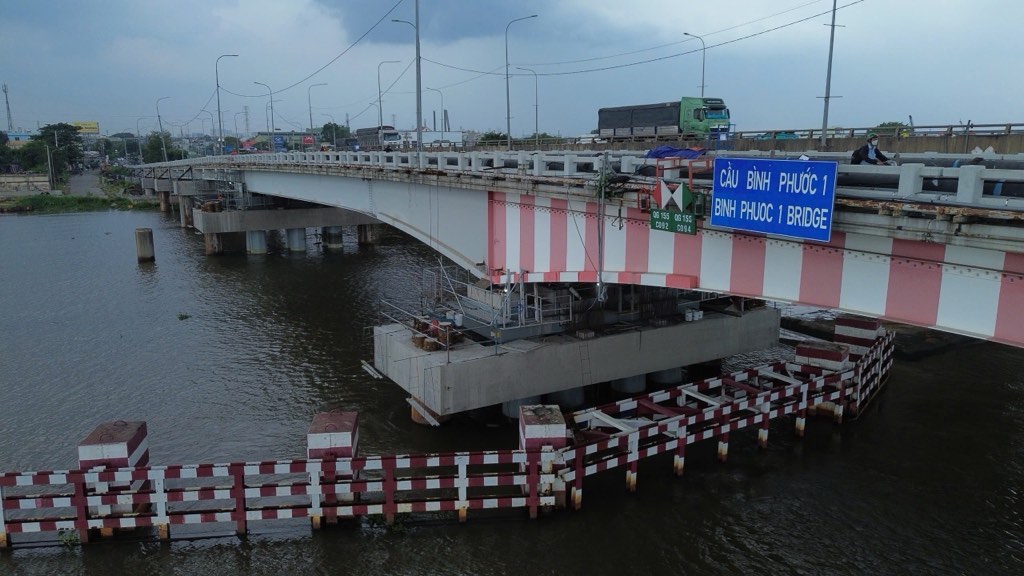
Binh Phuoc 1 Bridge has a total length of 760 m, the only remaining bridge on the Saigon River that has not met the clearance clearance standards. According to the plan, the project will be raised by 1.25 m using modern synchronous hydraulic shock technology, expected to complete the lifting work in mid-November and put the bridge back into operation by the end of December.
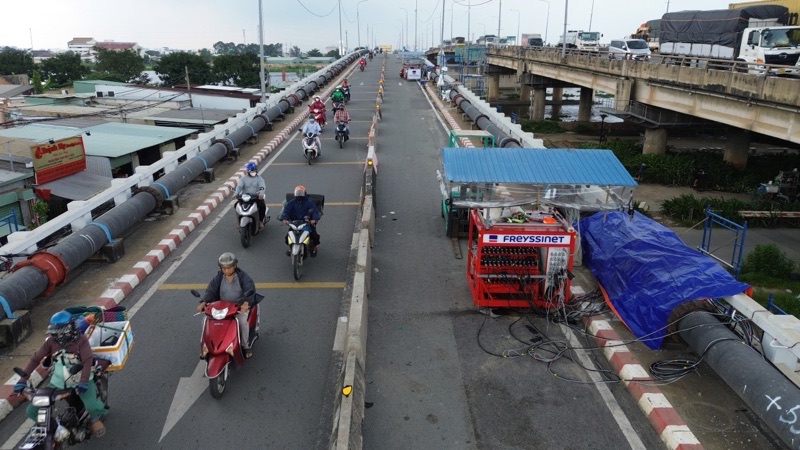
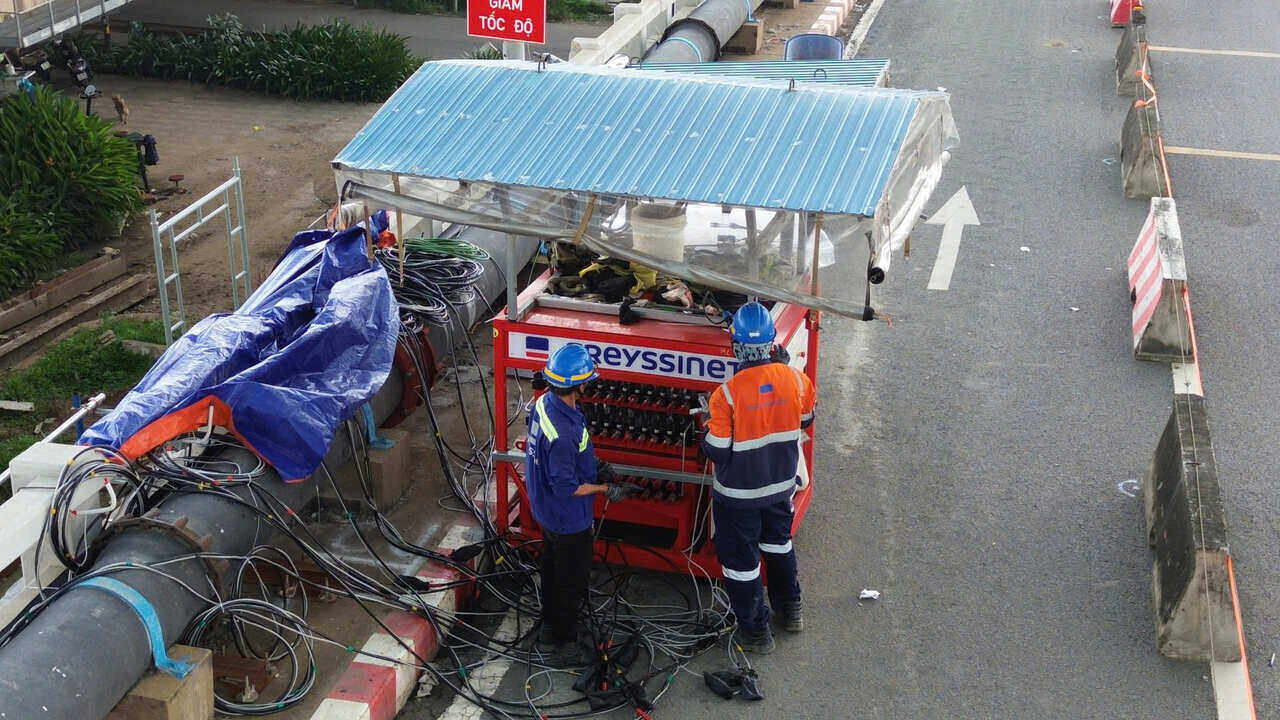
Mr. Tran Bao Tho - representative of a contractor here said that the project applies synchronous lifting technology, similar to the plan that was successfully implemented at Binh Trieu 1 bridge. The entire system is controlled by a central computer, connected through a hydraulic pipe and signal cable system, helping to accurately coordinate the height of each pillar with an error of less than 1 mm.
The engineers directly operate the central system right on the bridge surface, ensuring absolute safety and accuracy in each operation, said Mr. Tho.
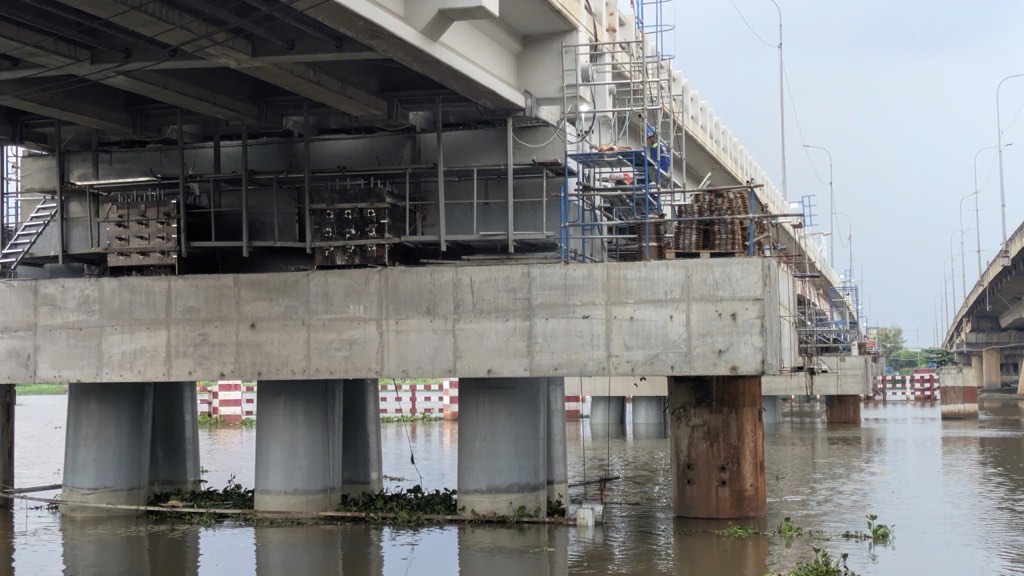
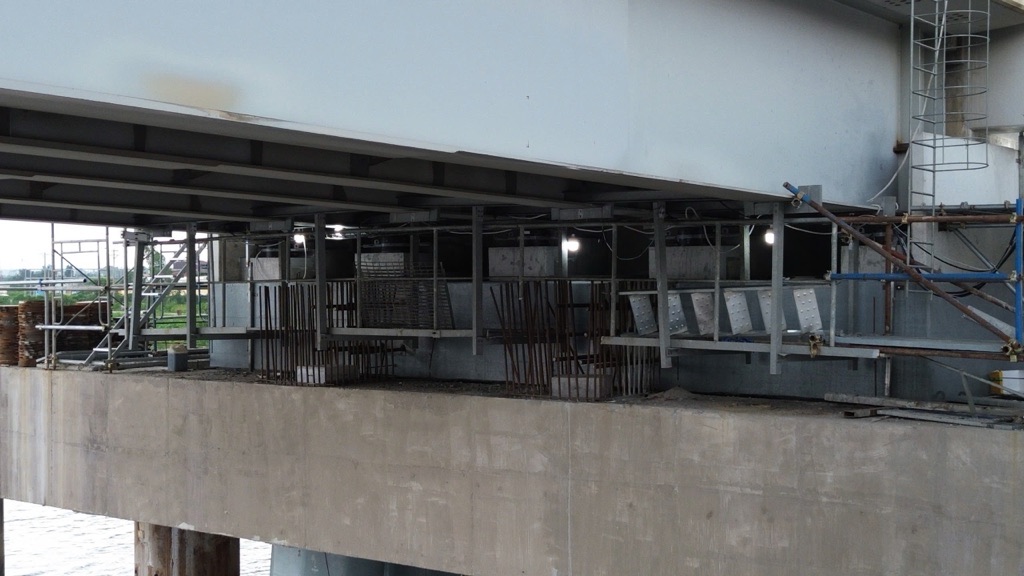
Currently, there are about 100 engineers and workers working continuously at the construction site to ensure progress. Each day, the hydraulic shock system will lift the bridge by about 4 cm. After nearly two days of implementation, the surface of Binh Phuoc 1 bridge has had a clear difference compared to the original.
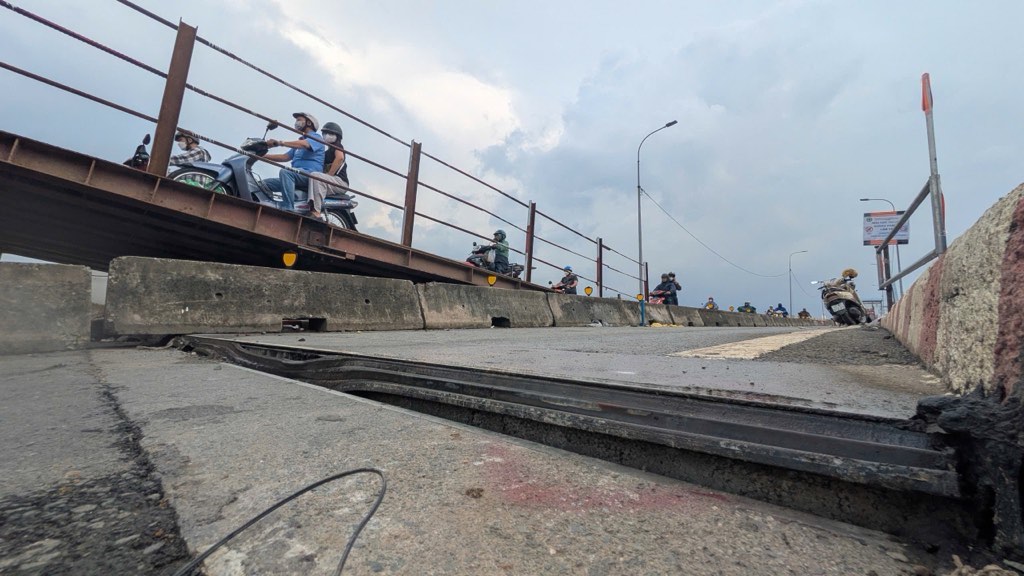
The contractor's representative said that the construction process at Binh Phuoc 1 bridge is more favorable than Binh Trieu 1 because the bridge currently only allows one-way traffic for motorbikes, without significantly affecting traffic. In addition, the construction unit has accumulated a lot of experience from the previous project, helping to shorten the progress and increase technical safety.
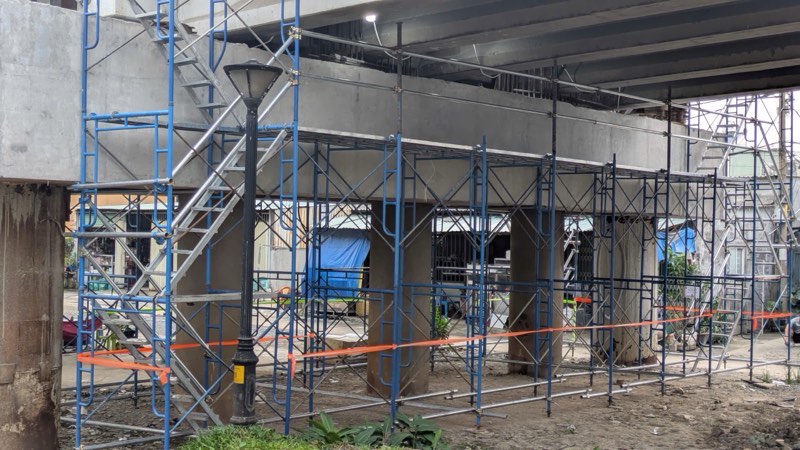
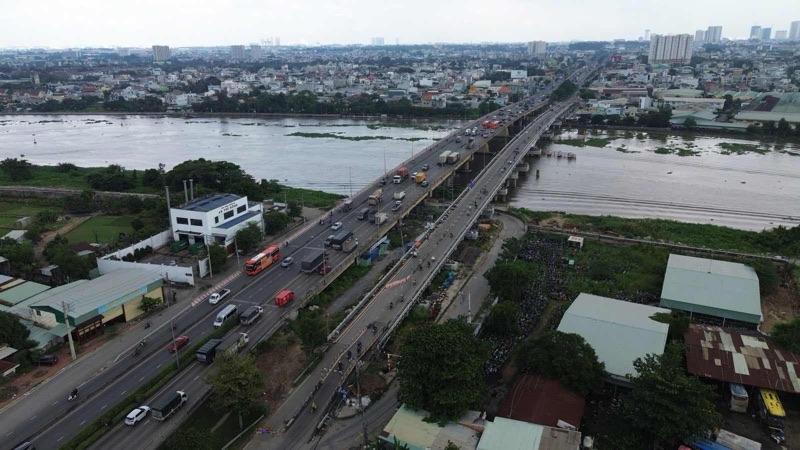
The Saigon River is a strategic trade route, connecting Ho Chi Minh City with localities and Cambodia. Raising the clearance of Binh Phuoc 1 Bridge not only contributes to synchronizing waterway infrastructure but also demonstrates Ho Chi Minh City's commitment to developing the area and effectively exploiting this important channel.



